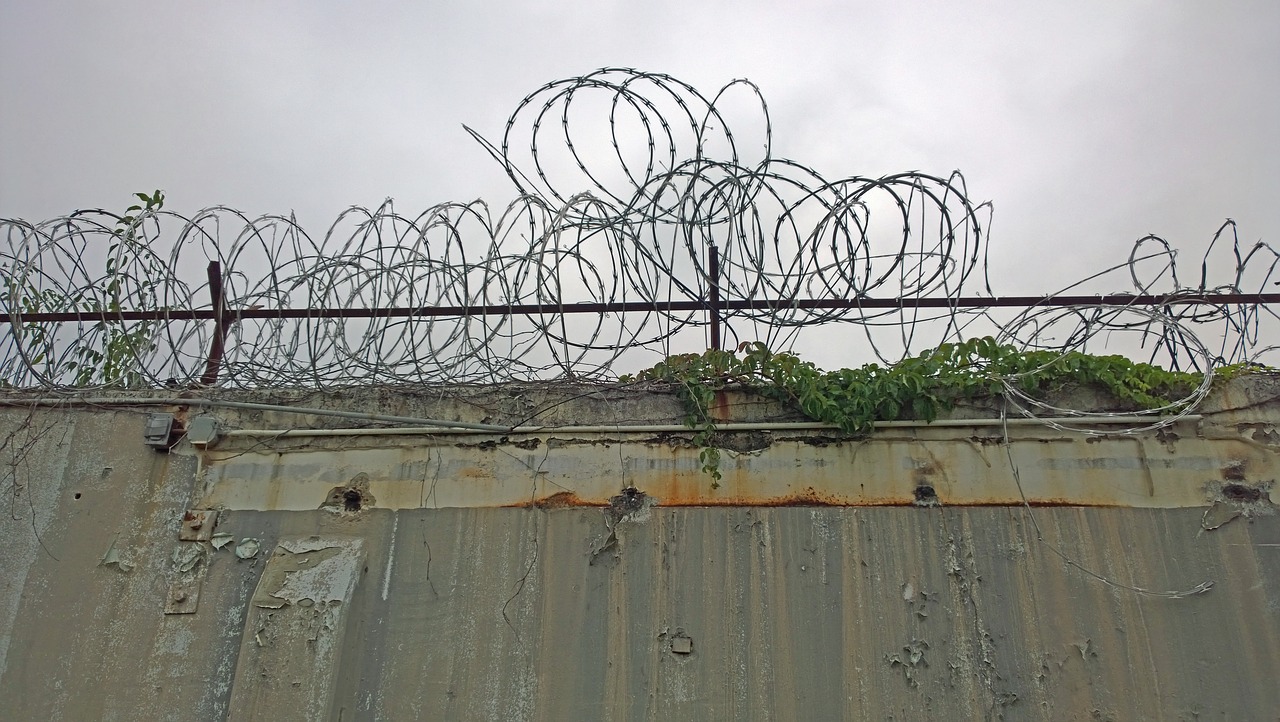
According to some estimates, as much as 50% of the U.S. prison population suffers from some form of mental illness. As a consequence, each year thousands of mentally ill offenders are sent to prisons that — because of overcrowding and limited resources — are poorly equipped to treat them. They are placed in solitary confinement, subjected to punishments inappropriate for their conditions and end up serving longer sentences than the general inmate population.
Policy initiatives are starting to reevaluate how mentally ill offenders are treated. In January 2013, at the end of his last term as New York mayor, Michael Bloomberg asked judges to consider a defendant’s mental health status and prioritize treatment where possible, after a report found that the mentally ill cost the city three times as much as other inmates. The Pennsylvania state prisons are introducing incentives for its mental health services contractor to reduce the number of infractions by mentally ill offenders. In Colorado, prison officials are no longer allowed to place inmates with major mental illnesses in solitary confinement, while in Michigan, officials are expanding the state’s mental health court program.
To better understand the profile of mentally ill prisoners in the United States, Christine M. Sarteschi of Chatham University in Pittsburgh, Penn., reviewed the findings of recent research on the subject. The resulting 2013 report, “Mentally Ill Offenders Involved with the U.S. Criminal Justice System: A Synthesis,” reviews both academic findings and government reports on the subject. Below is a summary of its findings and the research on which they were based.
Just how big is the mentally ill population in our prisons?
The answer depends largely on the definition of “mentally ill.” A 2006 Bureau of Justice Statistics report, by Doris J. James and Lauren E. Glaze, classifies mentally ill prisoners as those experiencing symptoms or receiving treatment from a mental health professional. With this definition, the authors estimate that 1.26 million prisoners are mentally ill, representing 45% of federal offenders, 56% of state offenders and 64% of jail inmates. A 1999 Bureau of Justice report, “Mental Health and Treatment of Inmates and Probationers,” classified as mentally ill those prisoners who reported a mental health issue or an emotional condition. Based on this definition, the report’s author, Paula M. Ditton, found that, at that time, there were a total of 283,600 mentally ill persons in prisons and 861,000 on probation. According to Sarteschi, the author of the synthesis, a commonly accepted estimate is that half or more of all incarcerated prisoners have mental health problems.
What is the most common mental illness among prisoners?
Among the most common mental illnesses are anxiety, anti-social personality disorder and post-traumatic stress disorder (Steadman and Veysey, 1997); and major depressive disorder and bipolar disorder (BJS, 2006). In a 2011 study from the University of Texas-San Antonio on recidivism among 307 mentally-ill offenders, 36.3% were found to suffer from bipolar disorder, 22.5% from severe depression, and 22.5% from psychosis or schizophrenia.
What is the profile of a mentally ill prisoner?
Women proportionally represent a greater percentage of the incarcerated mentally ill (BJS 2006), while men report higher rates of antisocial personality disorder (NCCHC 2002). Caucasians are more likely to report mental illness than blacks or Hispanics (BJS, 2006), but blacks and Hispanics are more likely to be diagnosed with schizophrenia or a related disorder (NCCHC 2002). The 2006 BJS report found that those under 20 experienced the highest rates of mental illness, while those older than 55 experienced the lowest rates.
Where were the mentally ill before they were incarcerated?
A 2006 study by Sneed, Koch, Estes and Quinn surveyed a mental health court in the southwestern United States and found that 75% of mentally ill offenders were unemployed at the time they entered prison. Twenty-eight percent received illegal income (BJS, 2006), 40% were more likely to have a general physical medical condition and 30% more likely to have multiple medical problems (Cuddeback, Scheyett, Pettus-Davis and Morrissey, 2010). Mentally ill prisoners were twice as likely to have been homeless prior to incarceration than the general prison population (BJS, 2006). One-third to one-half reported receiving public assistance while growing up and more than half reported living with only one parent during childhood (BJS, 2006).
What offense are they most likely to commit?
Forty-eight percent of mentally ill inmates are charged with drug-trafficking-related crimes. The majority are imprisoned on their second or third offense — approximately one-third of inmates report having three to ten prior incarcerations. The mentally ill are also incarcerated for as many as five months longer than those without mental illness. (All figures from the 2006 BJS report.)
How is the treatment of the mentally-ill incarcerated?
Several studies have documented prisoners’ inadequate access to mental health services or psychiatrists during incarceration. Among them is a 2010 survey by Brant Fries that found 65% of the 618 inmates identified as having severe psychiatric symptoms did not receive mental health treatment in the year prior to the survey. The 2006 BJS report finds that 33% of inmates in state correctional facilities, 24% in federal correctional facilities and 17.5% in local jails received mental health services. Detention conditions in some prisons, which include solitary confinement and segregation, are known to worsen symptoms or cause psychotic episodes (Arrigo and Bullock, 2008).
Based on her findings, Sarteschi, the author of the synthesis, calls for improved understanding of the mentally ill incarcerated — most government studies are outdated — and better treatment options. “Mentally ill offenders are constitutionally guaranteed basic mental health treatment,” she writes. “A review of the literature indicates that this constitutional guarantee is not being adequately fulfilled.”
Tags: crime
